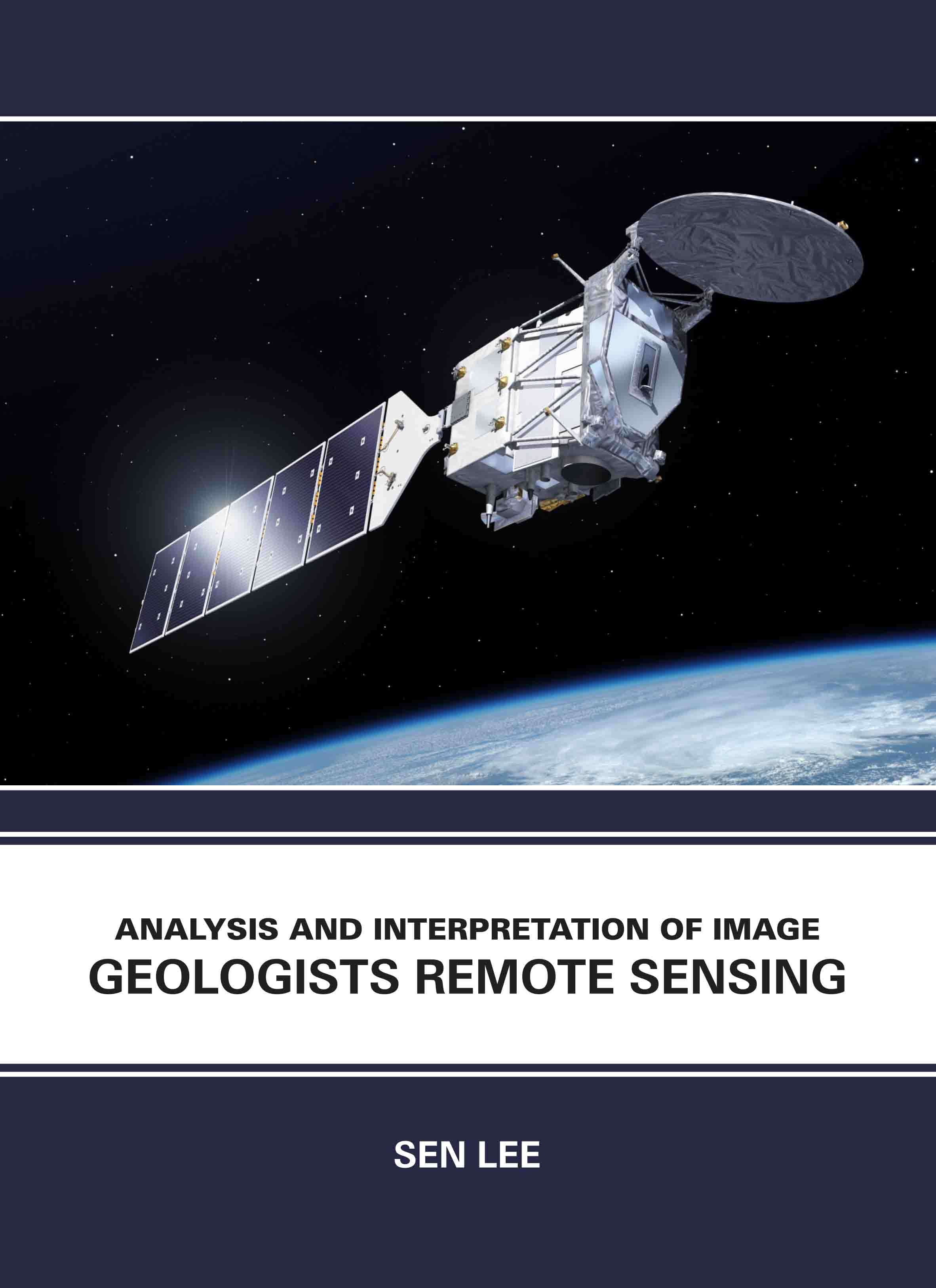
Analysis and Interpretation of Image: Geologists Remote Sensing
by Sen Lee
| ISBN | 9781835352946 |
|---|---|
| Publisher | EDTECH PRESS |
| Copyright Year | 2025 |
| Price | £170.00 |

by Sen Lee
| ISBN | 9781835352946 |
|---|---|
| Publisher | EDTECH PRESS |
| Copyright Year | 2025 |
| Price | £170.00 |
Certain errors are inevitable and result in inaccurate maps when plotting such point data gathered along the traverse lines on the topographic base and finally generating final maps by extrapolating the features. For many years, earth scientists have used aerial photographs. With the development of satellite data, the value of the regional'synoptic view' for recognising geologic processes became more widely acknowledged.To decipher the Earth and comprehend the activities that take place on and within of it, geologists utilise a variety of field, laboratory, and numerical modelling techniques in addition to remote sensing. Because it enables the mapping of geological properties of regions without direct physical contact with the places being examined, remote sensing in geology is remote sensing utilised in the geological sciences as a data collecting approach additional to field observation. A new age in lithology mapping has begun thanks to remote sensing technologies. The data from the Landsat Enhanced Thematic Mapper are quite helpful. The geological maps were previously created using traditional ground surveys based on actual field observations. At regular intervals, they are made along traverse lines. With the use of cutting-edge remote sensing techniques and unique geological applications, geophysical remote sensing strengthens geological processes. Field analysts, researchers, and scientists commonly use a variety of geoscientific approaches.